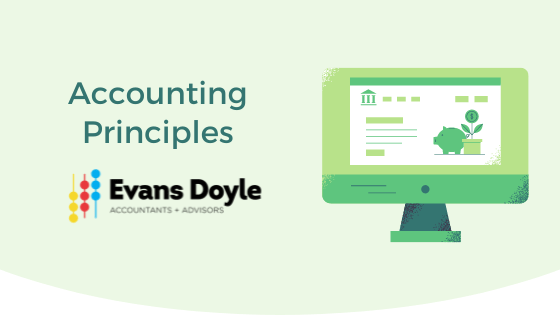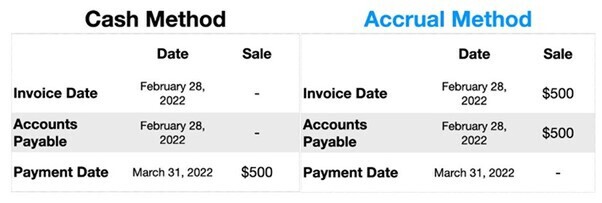Understanding accounting is crucial. It is one of the most important skills for business owners, investors, and creating wealth. High net worth families and our most profitable clients understand accounting and the difference between cash and profit.
This article’s purpose is to help you understand one of the core concepts of accounting, accrual accounting.
Accrual accounting is an accounting method where revenue or expenses are recorded when a transaction occurs, rather than when cash is received or paid. A matching principle is applied, as walked through in the examples below.
The information in this article is outlined for income tax purposes only (entities registered for GST may choose between a payments basis or invoice basis registration method – we have ignored GST in this article).
The key accrual accounting concepts include:
- Matching revenue with the cost of goods sold
- Capitalising unsold goods as inventory (trading stock)
- Capitalising assets and claiming depreciation over the asset’s useful life
- Recording revenue when a sale is made not when cash is collected
- Record expenses when buying something not when it is paid for
Matching revenue with the cost of goods sold
John owns a stationery shop that sells pens. John purchases 100 pens for $1 each ($100) and sells 50 of those pens for $3 each ($150). What is John’s profit?
John now has $50 cash as shown in the below calculations. He has spent $100 on pens and sold half of them for $150, so has $50 cash left over. Yes, he has $50 cash, however, this is not how accounting works.
Cash Basis Calculation
Profit Basis Calculation
John’s profit is $100. The key difference is how the costs are calculated. In accrual accounting, only 50 pens are expensed, because only 50 have been sold. You must match the quantity sold with the quantity expensed. The table below outlines the correct accounting profit.
Capitalising unsold goods as inventory (trading stock)
MYTH: When purchasing goods, or stock, you can claim a deduction immediately.
Accounting doesn’t work like this. Instead, the deduction for the cost of goods is only deductible when those goods are sold. In the example above, the cost of only 50 pens (the number of pens sold) is allowed as a deduction for the cost value.
The unsold pens are held as an asset ‘trading stock’, and only deductible when they are sold.
Capitalising assets and claiming depreciation over the asset’s useful life
MYTH: When a business buys a new computer, you can write off/expense it right away.
Unfortunately, this isn’t correct.
Because you will use your computer for 2 to 3 years, accounting rules prevent you from expensing the computer when you buy it. Instead, the computer is capitalized and depreciated over time. IRD publishes depreciation rates which provide the amount to claim each year.
Purchasing an asset, whether a computer, a vehicle or machinery, is not an expense and no deductible is allowed. Assets are depreciated over their life and only the depreciation is a deductible expense.
For example, John buys a computer for $1,500. From a cash perspective, he no longer has $1,500 of cash. However, from an accounting perspective, he can only claim depreciation on the computer (the cash is irrelevant). Depreciation on computer equipment default rate is 50% pa.
Recording revenue when a sale is made not when cash is collected
MYTH: You can only record a sale when cash is collected.
Unfortunately, this isn’t correct. Sales are recorded when a customer is invoiced, regardless of when the cash is received.
If the customer takes one month to pay the bill, the sale is not delayed for the month. Instead, the sale is accounted for when the customer is invoiced. Accounts Receivable are then recorded to show that the customer owes money for the sale.
For example, John sells services to a customer for $100. John invoices the customer on 31 December 2021, and the customer pays on January 31, 2022.
In the example above, the sale is accounted for in December 2021 when the customer was invoiced not when payment was received.
Record expenses when buying something not when it is paid for
MYTH: You can only record an expense when you pay cash to your suppliers.
Like how accounts receivable work, expenses are accounted for when invoices are received from suppliers (not when they are paid).
If you take 1 month to pay the invoice, you don’t wait 1 month to record the expense. Instead, the expense is accounted for when you get the invoice from your supplier. Accounts Payable is recorded to show the amount owing to the supplier.
In the example above, the expense is accounted for in February 2022, when John received the invoiced (and the services were performed) not when John paid the bill.
Contact us
Contact Tim Doyle or Jane Evans today to discuss your business continuity planning needs (or any other matter) on 07 823 4980 or email us. Our office is in Cambridge, NZ, but distance is no problem. We have many international and national clients.
This material has been prepared for informational purposes only, and is not intended to provide, and should not be relied on for, tax, legal or accounting advice. You should consult your own tax, legal and accounting advisors before engaging in any transaction.





